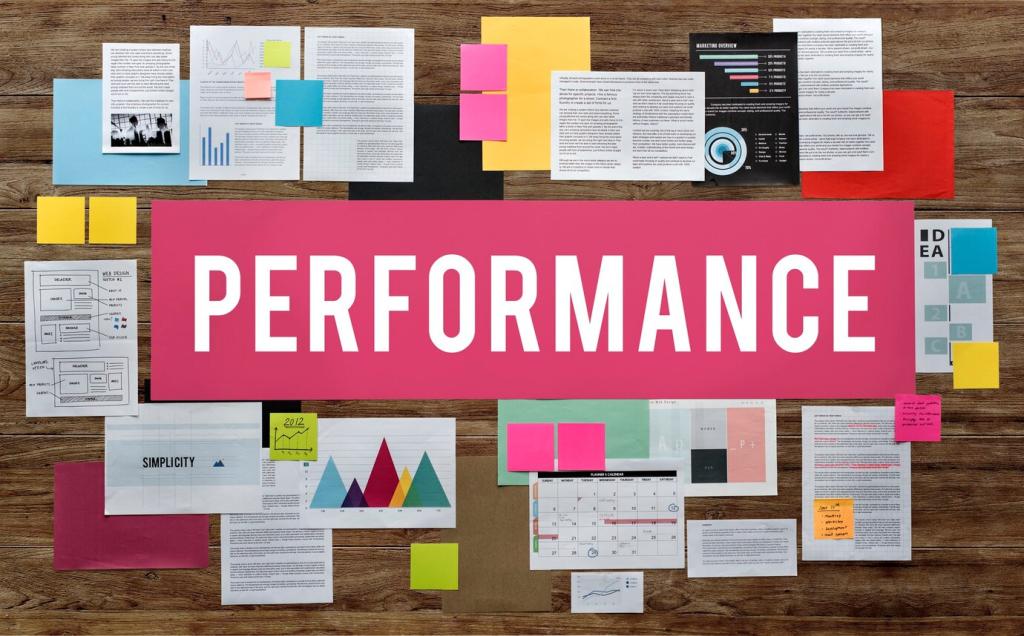
The Role of Social Welfare in Economic Expansion
Chosen theme: The Role of Social Welfare in Economic Expansion. Explore how well-designed safety nets, public investments in people, and inclusive policies can spark resilient, broad-based growth. Join our community—subscribe, comment, and share your story to help shape smarter, more humane economic systems.
Automatic Stabilizers that Power Demand
Smoothing the Business Cycle
When layoffs hit, benefits arrive quickly and are spent locally on essentials, supporting sales during downturns. This cushions revenue shocks for firms and shortens slumps by preventing a cascade of cutbacks. A steadier demand path encourages businesses to retain workers and keep investing instead of slamming on the brakes.

Entrepreneurship and Risk-Taking Under a Safety Net
Studies have found that health coverage and income supports can increase self-employment by lowering catastrophic risk. When founders know a medical emergency or a slow quarter will not ruin their families, they experiment more, iterate faster, and persist longer. That persistence often separates fleeting ideas from lasting enterprises.
Inequality, Social Cohesion, and Growth
The Market for Opportunity
When more people can afford education, childcare, and basic security, they take calculated risks—starting businesses, moving for better jobs, or upgrading skills. That expands the pool of skilled workers and customers. Businesses then scale new products for a larger, more reliable market, powering a healthier growth cycle for everyone.
Trust, Stability, and Investment
Societies with stronger social protections often experience less political volatility and more predictable consumer behavior. Investors value stability; families value safety. Together, they support patient capital and long-term projects. Welfare that reduces uncertainty can lower perceived risk, improving credit conditions and encouraging infrastructure, research, and workforce investments.
Your Community Check
Where do barriers to opportunity show up where you live—transportation gaps, childcare deserts, or access to mental health care? Tell us what you see on the ground. Your stories help identify practical fixes that build trust, support mobility, and create the conditions for steady, shared expansion.
Case Studies: When Welfare Meets Expansion
After World War II, education and housing support helped millions build careers, buy homes, and expand the middle class. The ripple effects lifted productivity, spurred innovation, and broadened demand. It remains a reminder that well-targeted benefits can translate into human capital formation and decades of economic momentum.

Smart Financing and Multipliers
Direct dollars toward high-multiplier investments: early childhood education, community health, and rapid re-employment services. These programs boost earnings and reduce costly crises later. The payoff arrives through stronger tax receipts, lower emergency spending, and more vibrant local economies that support small businesses and attract new investment.
Smart Financing and Multipliers
Establish rainy-day funds and automatic triggers that expand benefits during downturns and taper in booms. This approach stabilizes demand without annual political gridlock. Predictable rules reassure households and markets alike, reducing uncertainty, speeding recovery, and making fiscal policy more credible across the economic cycle.
The Future: Tech, Aging, and Climate Resilience
Skills for an Automated Economy
Lifelong learning accounts, micro-credentials, and wage insurance help workers pivot as tasks change. Tie training to employer demand, offer flexible schedules, and recognize prior learning. With the right scaffolding, technological disruption becomes a ladder, not a trapdoor. Tell us which skills your industry needs most next year.
Aging with Dignity, Growing with Care
As populations age, long-term care, caregiver supports, and pathways for older adults to keep working can sustain both dignity and growth. Intergenerational housing and flexible roles retain experience and mentorship. These investments also create good local jobs in care, therapy, and accessible design.
Climate Shocks and Social Protection
Heat waves, floods, and storms hit vulnerable families hardest. Disaster insurance, relocation support, and resilient infrastructure grants reduce losses and speed recovery. Social protection can be the backbone of climate adaptation, keeping households afloat so communities can rebuild smarter. Share a resilience idea from your town.

Join our mailing list
